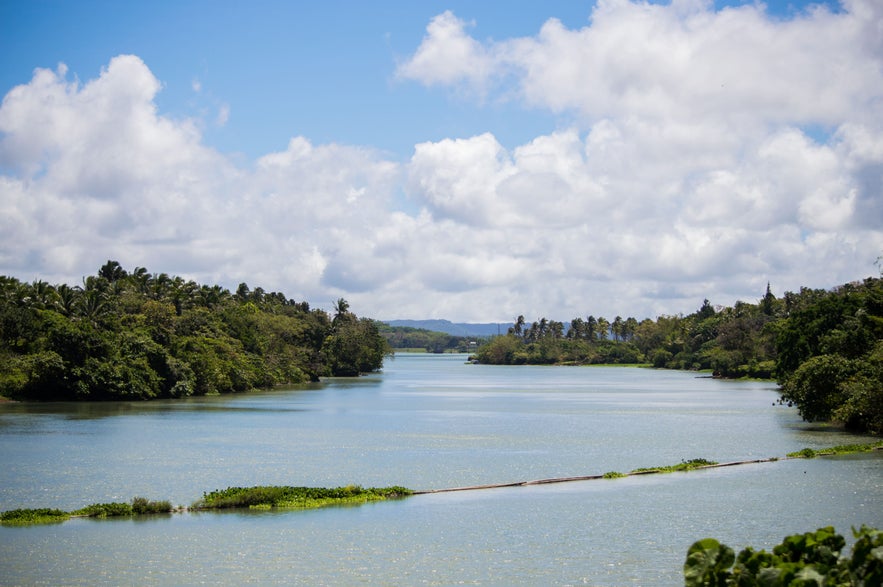
Lake Caliraya in Laguna Province is a serene highland destination that blends natural beauty with a touch of adventure. Tucked in the lush mountains of Cavinti, this man-made lake was built in the 1930s and has since become one of the most relaxing getaways near Manila City.
This tranquil lake is a playground for water lovers and nature enthusiasts. Visitors can enjoy kayaking, windsurfing, jet skiing, or simply cruising along the calm waters. Lake Caliraya is also popular for bass fishing in the Philippines, drawing anglers both local and international.
Lake Caliraya is a refreshing alternative to more crowded spots like the cities of Tagaytay or Baguio. Its blend of cool mountain air, lake adventures, and nearby eco-destinations makes it a must-visit for those exploring Laguna tourist spots.
Whether you're after relaxation or outdoor fun, Lake Caliraya offers a unique slice of Philippine highland charm.









